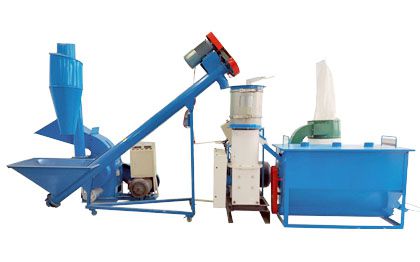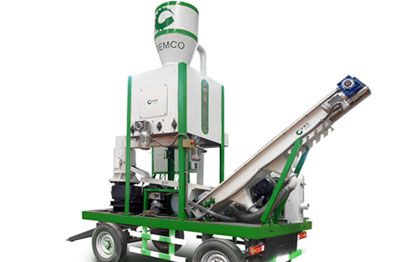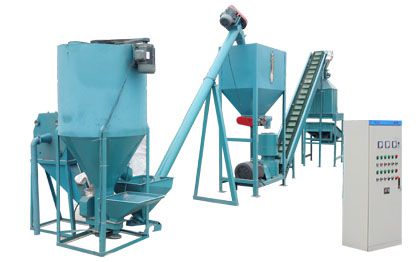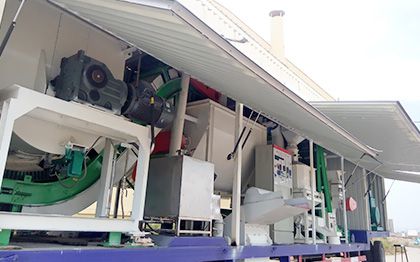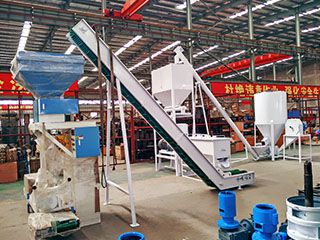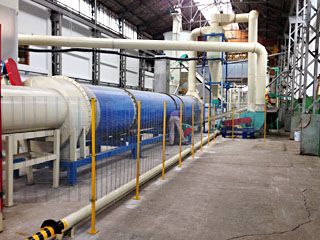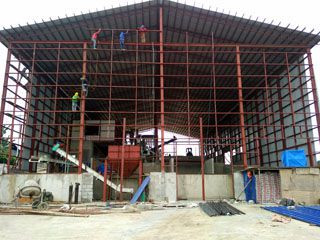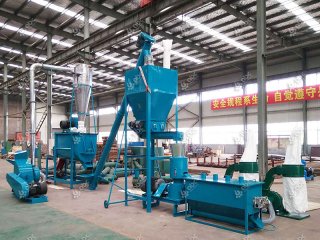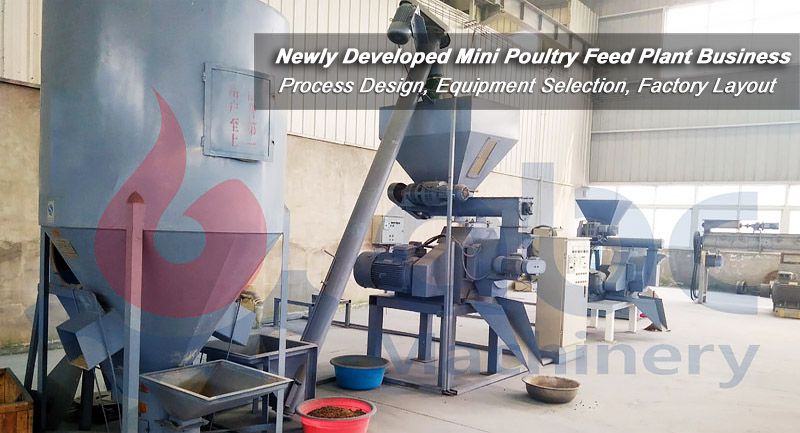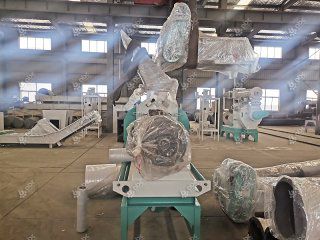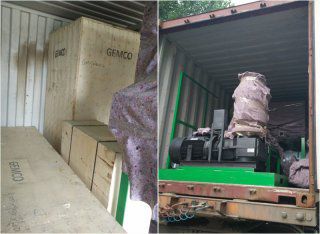When we talk about animal feed raw materials, we often think of a variety of ingredients. But sometimes, a seemingly common ingredient can hide amazing potential. In the field of animal feed production, corn cob, a common by-product, has long been considered an important ingredient in feed formulations. However, research in recent years has shown that the potential economic and nutritional value of maize cob as animal feed goes far beyond our imagination.

How to Make Corn Cob Feed?
Feasibility and Profitability Analysis of Maize Cob Feed Production
Before learning how to make animal feed from maize cobs, you should know whether corn cobs can be made into feed and whether corn cobs are profitable for making feed.
Are Corn Cobs Suitable as Feed Raw Materials?
To the question of whether corn cobs can be made into feed, the answer is YES. According to statistics, the global annual corn production reaches a staggering 110 million tons, of which about 60% of the corn cobs are fully utilized. Among other things, the fiber contained in the corn cob makes it a high-quality source of animal feed. At the same time, corn cobs are also an important biomass energy feedstock. Each liter of maize cob can be converted into about 2.7 liters of bioethanol through treatment with biomass energy technologies. Therefore, it can be said that maize cob pelletizing is feasible both as animal feed and biomass fuel.
| Corn Cob Uses | Proportion |
|---|---|
| Animal Feed Ingredients | 40% |
| Industrial Raw Materials | 30% |
| Biomass Energy | 20% |
| Soil Conditioners | 5% |
| Other Applications | 5% |
- Nutritional value: Maize cobs, although less nutritious than whole maize, contain essential components of an animal's diet. They typically contain 2%~4% protein, 9%~12% crude fiber and 70%~75% carbohydrates, providing energy and roughage for animals. In addition, they serve as a source of micronutrients such as potassium, calcium and magnesium, contributing to the overall health of the animal.
- Animal Suitability: Corn cobs are well suited for feeding certain animals such as cattle, pigs and poultry because of their nutrient content. However, suitability of corn cob feed for other animals, such as birds or fish, may be limited.
- Market Demand: The demand for maize cobs as an ingredient in the animal feed industry is increasing and is expected to grow at an annual rate of 5% over the next 5 years, indicating its viability as a feed raw material.
- Processing and handling: Maize kernels are processed and handled appropriately to improve their digestibility and nutrient utilisation. This feed manufacturing process include crushing, batching, mixing, compression and other processing steps.

Maize Cob Feed Pellet Manufacturing Process Flow Chart
If you have any questions about corn cob processing feed process, you can directly click the following consultation!
Is Making Feed from Maize Cobs Profitable?
In response to the question of whether it is profitable to make feed from corn cobs, the answer is OF COURSE it is. Under a variety of conditions, making corn cob animal feed is a profitable business.
- Low-Cost Feedstock: Maize cobs are usually a by-product of corn processing and can often be obtained at a low price. The average price of maize cob is about $60/t ~ $100/t, which reduces animal feed production cost compared to other feedstuffs.
- Resource Efficiency: About 30% of the by-products of maize processing are maize cobs. Animal feed processing lines can improve the overall efficiency of maize and its by-products by making feed.
- Meeting Customized Needs: About 20% of farmers worldwide prefer natural feeds without additives. Manufacturing corn cob for animal feed can meet these customized needs, offering unique products for specific markets.
Making Animal Feed from Maize Cobs: Selection of Food Processing Machines
Essential to making corn cob animal feed is the feed processing machine/line. When buying a corn cob feed processing machine/line, you should consider the demand of the feed and the production scenario of the buyer.
Choosing the Best Animal Feed Processing Machines for Home and Farm Use
Using corn cobs as animal feed is an economical and environmentally friendly option for both homes and farms. Processing corn cobs into feed can turn waste into a valuable resource, thus reducing animal feed costs and farming expenses. Small animal feed pellet mills and small feed pellet production lines are more popular among homes and farms. If you are interested in small animal feed pellet machine sets, you can ask us for more information and price.
Small Homemade Feed Pellet Mills For Sale

Complete Small Feed Pellet Processing Line For Sale

Selecting the Right Animal Feed Production Lines for Feed Processing Plants
For animal feed mills, the use of corn cobs for feed production has more significant advantages and applicability. Lower raw material prices reduce production costs by an average of 15% ~ 35%.
Turnkey Large Animal Feed Processing Line For Sale

Feed plant production line configurations may vary slightly depending on the type of feed and production requirements. However, regardless of the type of feed and production requirements, the configuration of animal feed production plants should take into account the balance of production efficiency, cost-effectiveness and product quality. Therefore, when feed manufacturers configure the animal feed processing plants, comprehensive consideration is needed to ensure that it meets the market demand while maximizing production efficiency and product quality.
If you are worried about this, you can contact us below for free help. We offer customized feed production lines and trial production services.


